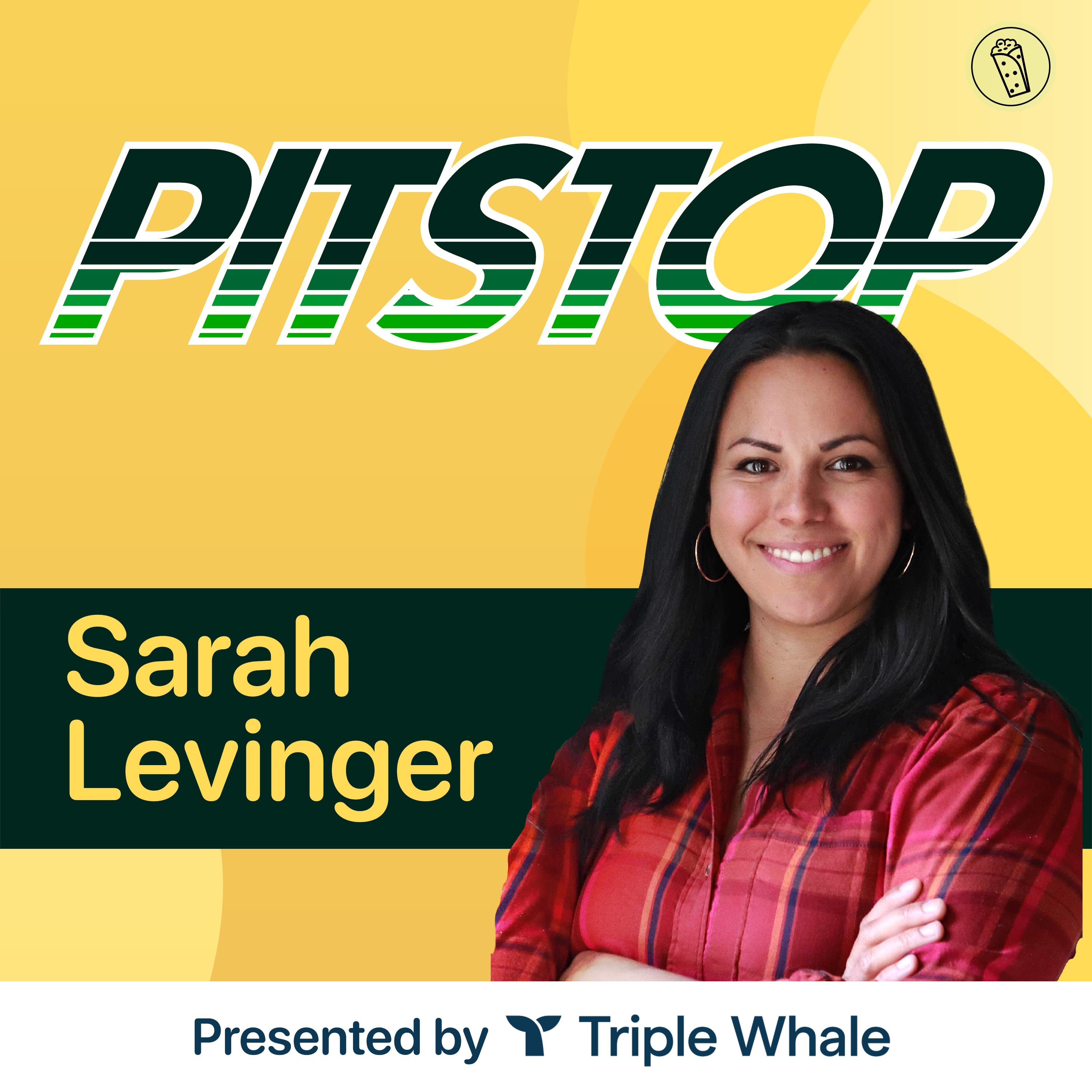Time Waits For No Brand - Brad Hoos
You've reached out, connected and grown a reliable and positive relationship with an influencer or two, you've learned the in's and out's of content sites like YouTube and Spotify, and you're confidently satisfied with the returns you're getting from the campaign.
The time is finally right for you to take your influencers to the next level, start paying them directly for their work, and make them a bigger part of your marketing team.
Here's how to transition to a paid influencer program, and when to take the relationship to the next level.
Which type of influencer program is right for you?
- 1:30 Different Types Of Influencer Programs. While many brands will simply put a creator on the payroll and call it a day, that's only one type of influencer program you could take advantage of. Consider what would work best for your brand/creator relationship.
- 2:15 Many Creators On Many Levels. Just because you've started paying one or two big creators doesn't mean you have to stop reaching out for free content from the little guys or the up and comers. Consider a healthy mix of the two, and keep sending out those freebies and generating those positive responses, and your brand's cache will continue to grow along with these newer influencers.
- 2:40 Organic Reach. A hands off approach where you routinely send your influencers products instead of money, while letting them decide what kind of content best speaks to their audience. Simple, cost effective and low effort on your part.
- 2:53 Paid Programs. More expensive certainly, but typically with greater control and say over the content. If you have some clear messages in mind you want to get out there about your brand, and a solid relationship with an influencer who is willing to work with you more or less exclusively, this is the choice for you
Remember, 4:00 creators are creative people, and reached a level of success and recognition themselves before even partnering with your brand. Trust them to know their audience, and listen to their needs for that content. You may never have to transition them to a paid program, allowing you to save money while reaping the benefits.
If however you both agree it's time to take it to the next level, there are two (and a half) ways to include your brand in their content.
- 4:35 Integrated Content. These are the most familiar to anyone whose listened to podcasts or watched YouTube. integrated Content often takes the forms of mid-show shout outs, host-read ad breaks and on-air testimonials from the influencer themselves. This is the most authentic form of content, and viewers can instinctively tell the difference, but it also affords you less control over what topics your brand is associated with.
- 5:12 Dedicated Content. A much more time consuming and hands-on approach, dedicated content sees you working closely with the influencer on specific content, such as topics related to your brand or product. While this affords you much more editorial control, it also demands a lot of your time, or that of your marketing team, and can prove very expensive if the production budget gets out of control.
- 5:50 Paid Social. This is less about how involved you are in the production, and where it gets release. Known also as white listing and boosted content, this is putting out content you and the influencer both had a hand in developing, but is put out on their channel as if it were their own organic content. This allows both control, and a priceless sense of authenticity.
7:00 If you do decide to step up to a paid social program, make sure your company can handle it. Does this go under your influencer team, or your social team? Don't leave these decisions for the last minute, create a spirit of collaboration between your departments so they can work together, not against or in competition with each other.
I've had some success with influencers and want to move forward into a more formal paid influencer program. What are my next steps?
There are two roads forward for your brand marked by two signs, the Practical Way, and the Strategic Way.
- 7:45 The Practical Way. Do as much as you can for free, test the limits of what you can get away with, and soon enough you'l find the limits of what you can accomplish. It is very tough to scale influencer marketing, and you may find that some creators simply have a niche market, and some simply won't work dozens of hours on a post for some free content.
- 8:30 The Strategic Way. A straight line from sales to brand exposure, this tactic seeks to first push the product, then once its seeing healthy sales, transition the influencer content over to covering and promoting your general brand, avoiding any possible stagnation. Once you've established both a profitable line of products and a positive brand association, consider formalizing the most successful creators who helped get you there.
An effective paid influencer can be worth many times more than you may ever invest in them, allowing you access and exposure to markets you had never before considered, so don't be shy or afraid to reach out and build those relationships.
Our Sponsors
Mentioned in this episode:
Triple Whale - Whale Mail

